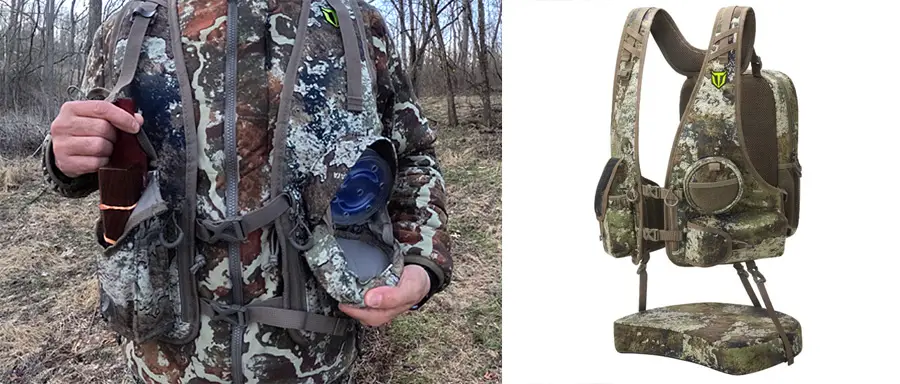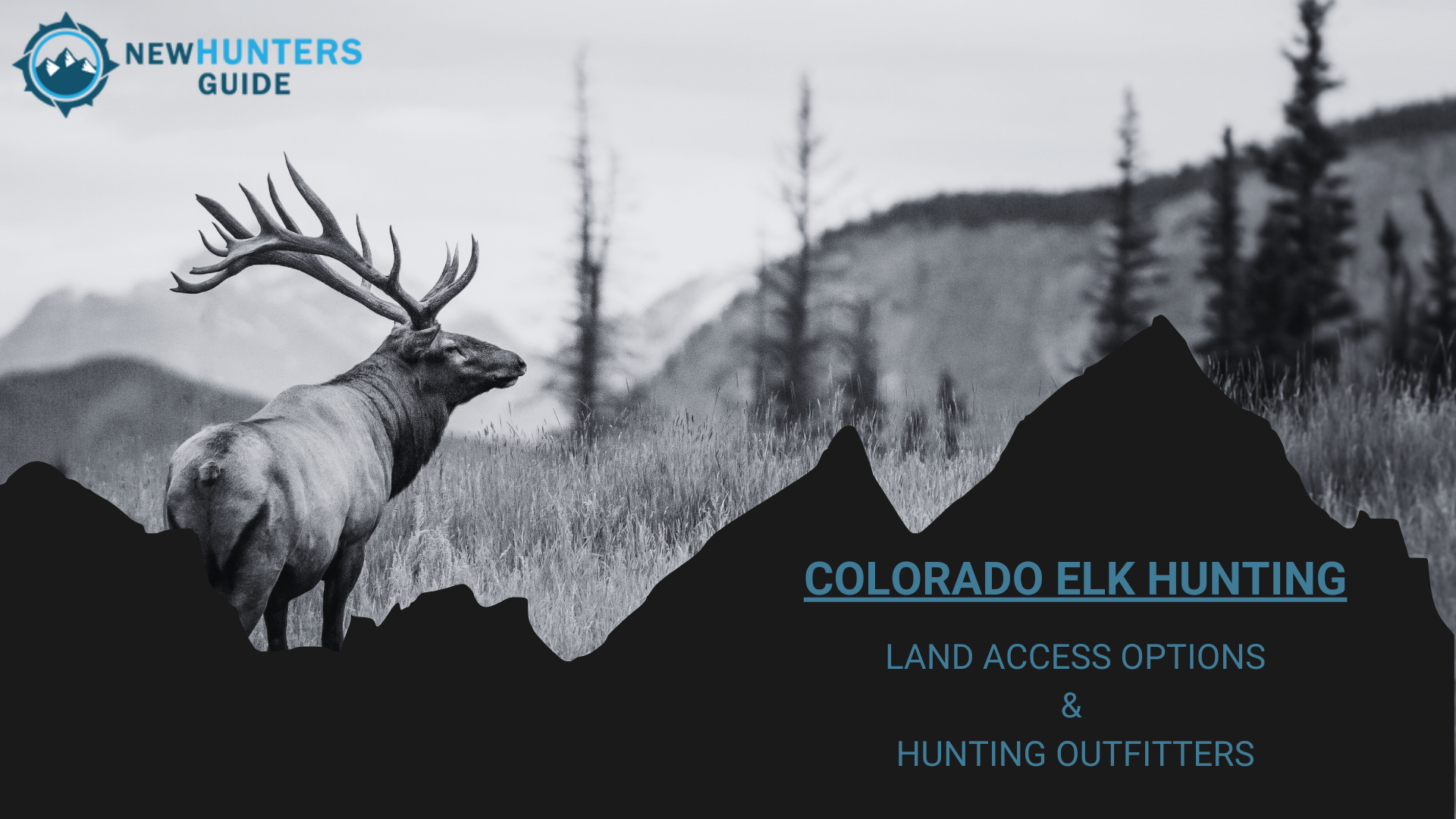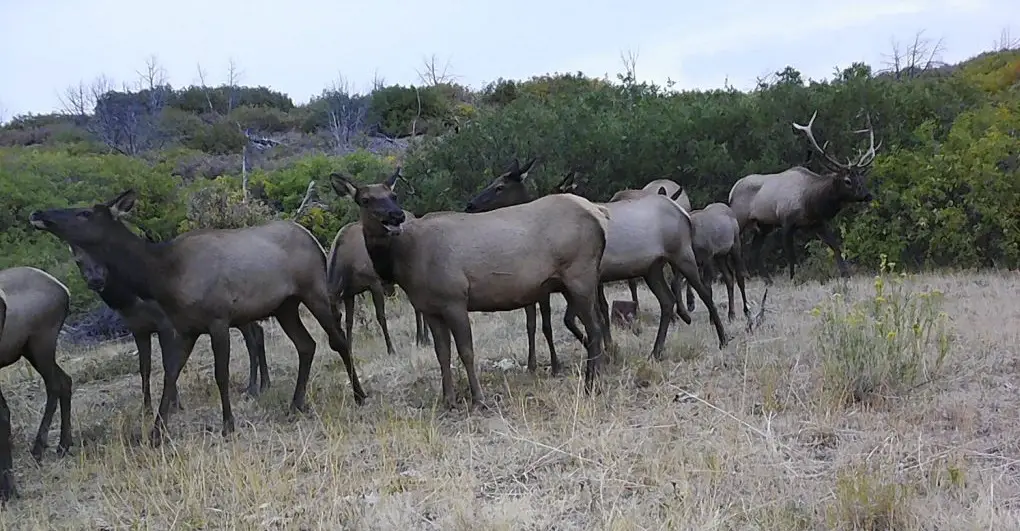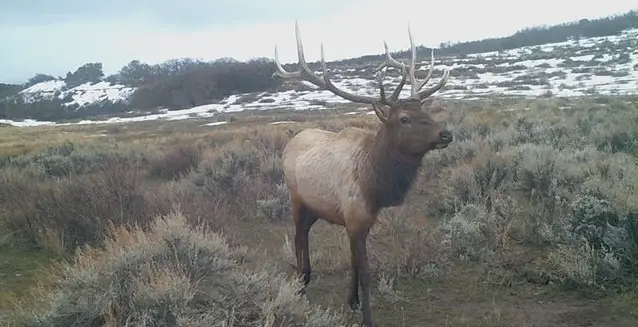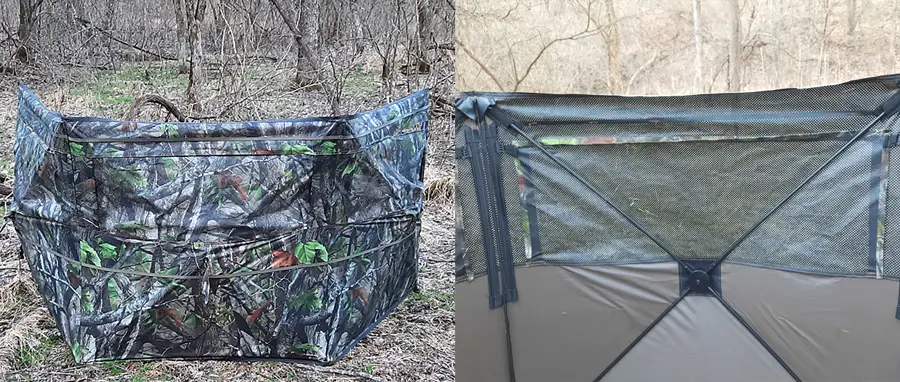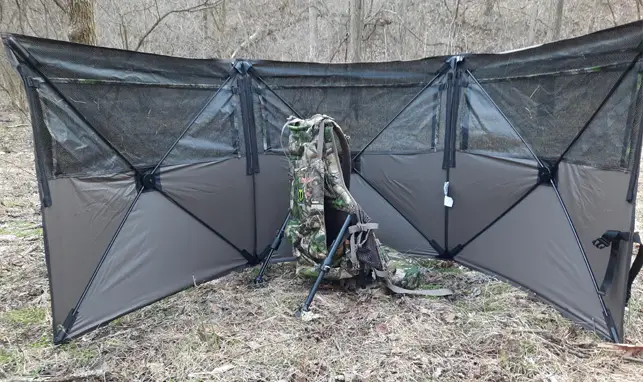Disclaimer: TideWe gave me this vest to do this review, and I earn from qualifying purchases using their links and code, thanks to them for their support.
The TideWe Ultra Light Turkey Hunting Vest is a beautiful picture of simplicity for the turkey hunter. This vest weighs in at 2.97 lbs. and is still packed with features. Furthermore, this turkey vest is very cost effective. With one simple modification, it may be the best vest on the market for the money. I have tested this vest in the field, but my turkey season has not yet opened. So, I plan to come back and add any new insights gained while hunting with it.
TideWe kindly provided an 18% off discount code for my readers. Enter this 18% off discount code at checkout: GK18 for the TideWe Ultra Light Vest or most things TideWe sells. This discount is in addition to many sale prices. As of this writing, that code can get the price down to $57.40. Which is a great price for a turkey vest as durable and well-built as this one.
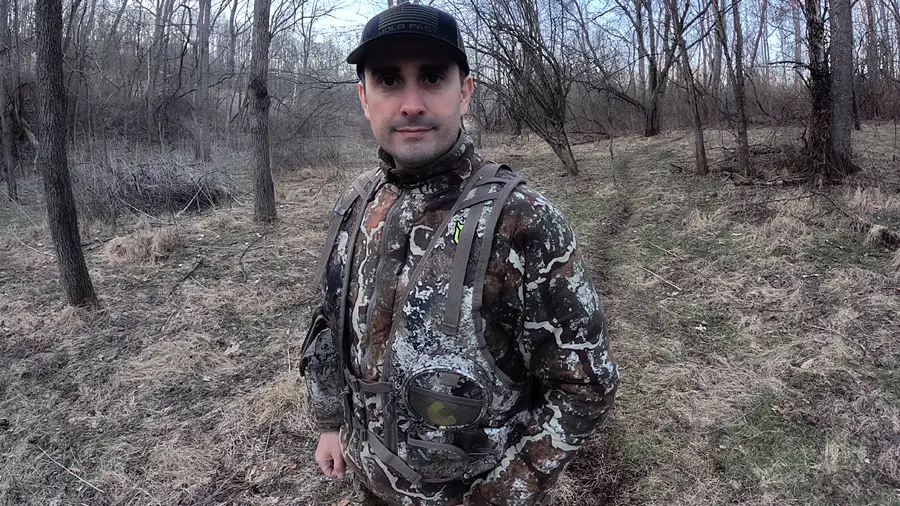
Size & Weight
This vest is not just super light, but it is compact, ergonomical, and has the pockets you really need while shedding the ones you don’t. This vest is well suited for covering lots of terrain when you need to hike for miles or are running and gunning on big land. It is fairly nimble, and it makes it easier to slip through the woods and brush than other full size and full weight vests. It gets caught on less stuff as well.
Features
My absolute favorite part of this turkey vest is the magnetic slate call pockets, which snuggly and quietly keeps your call handy while enabling very easy access, even in low light conditions. There are also other pockets for your box calls, mouth calls, and strikers. Don’t get me wrong, it does not have an abundance of pocket space, but it is sufficient for most hunts. In total it has 12 pockets, including some storage on the back that you can use for your lunch or a hydration bladder. It also has an external water bottle pocket.
The vest has a breathable mesh back to help keep you dry and a very comfortable seat that folds up to a magnetic attachment point so it can be quickly stowed and deployed without needing to disconnect any straps. The seat has a water-resistant bottom as well to help keep you dry even on wet days. The vest also has 11 adjustment points to help it fit comfortably.

The TideWe Ultra Light Turkey Vest is also surprisingly durable. The material, straps, zippers, and connection points all feel very strong. It will take me a few years of hunting to really know how well it holds up over time but as of right now I am impressed. For being so light, the vest feels very strong. And it comes in multiple colors, which is a plus.
Cons
There are a few things about this vest that are less than ideal. Only one of which is of significance, and it can be fixed. First, there is not a perfect pocket for your strikers, there is a pocket that works, but I’d rather have a dedicated striker pocket. Second, there are not ideal storage options in the front for extra shells. There are a couple pockets that could work, but I prefer my pants pockets over those. But I am knit picking at this point.
The only con of significance is the magnet that holds the seat to the vest. It is a little weak. I noticed it popping off too easily. The fix on this is easy though and you can add on a stronger neodymium magnet to the back of the vest that will hold the seat very snug. You don’t have to do this of course; the vest works as is. But if you want to tighten it up so the seat is held more secure, this would be a simple cost-effective way to do it. I haven’t done it yet, but I am planning to, I got the idea from someone who watched my review video.
Ideal Circumstances
Keep in mind, this turkey hunting vest despite any cons, does exceptionally well under specific circumstances. When you want a light compact vest to cover ground and not be weighed down or hindered by bulk, this is exactly the kind of vest you want. Under those circumstances every pound can make a big difference by the end of the day. When you want to go light, this vest is a good tool.
Conclusion and Recommendations.
I think this is a great turkey vest for beginners and turkey hunters at all levels. You get a lot of quality and features for the price. Even if you are just looking for a good cheap vest and are not worried about covering a lot of ground, this is a good all-around option. And do not forget to use the 18% off discount code at checkout: GK18 for the TideWe Ultra Light Turkey Vest.
Be sure to listen to The New Hunters Guide Podcast and check us out on YouTube.
Till next time. God bless you, and go get em in the woods!
George Konetes Ph.D. – Founder and Host of the New Hunters Guide.
The New Hunters Guide is simply what George wishes he would have had when learning how to hunt; a single place to get practical hands on knowledge about different kinds of hunting, gear, strategy, and tips that can improve your comfort and fun factor in the woods.
As a note, TideWe gave me this vest to do this review, and I earn from qualifying purchases using their links and code, thanks to them for their support.

